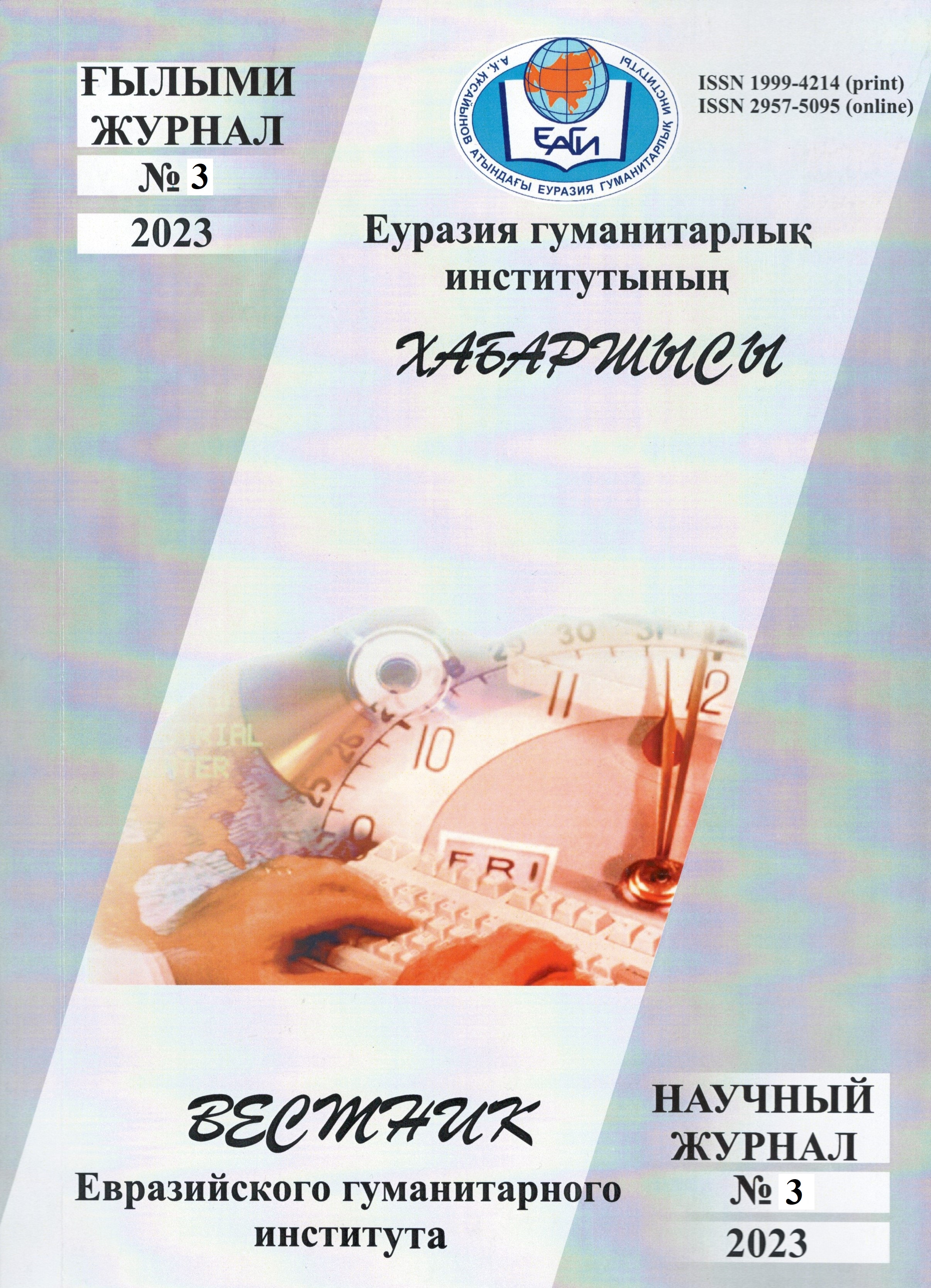THE CONCEPT OF TIME IN THE ANCIENT TURKIC WRITTEN MONUMENTS
Keywords:
concept, concept of «time», the concept of «human age», language image of the world, ancient Turkic written monument.Abstract
This article discusses the concept of «time» in the language image of the world, which took place in the ancient Turkic written monument. As one of the most ancient categories of Universal, time has been studied quite actively in linguistics. The authors gave an overview of the classification of «time» made by foreign and domestic scientists in philosophical, psychological, cultural, social, literary and linguistic terms. The factological material of the study was the texts of the written monuments «Kultegin», «Bilge Kagan» and «Kull-Chor». Language means indicating that the concept of «time» in ancient Turkic written monuments is directly related to historical and political events, and the semantic types «cyclic time», «linear time» are defined in the semantic line of «time». Noting the close connection of the concept of «time» with the concept of «human age», the researchers make a comparative analysis based on the texts of the monuments of Kultegin, Bilge Kagan and Kul-Chor. It is concluded that the «human age» changes due to differences in ideology, political structure, social and cultural values. In addition, it was found that concept of «human age» occupies the largest place and is associated with the concept of «war». The article mentions the fact that the expressions of the concept of «time» with referential pronouns are abundant in ancient Turkic written monuments, that is, they are characteristic of deixist language units of «time».


